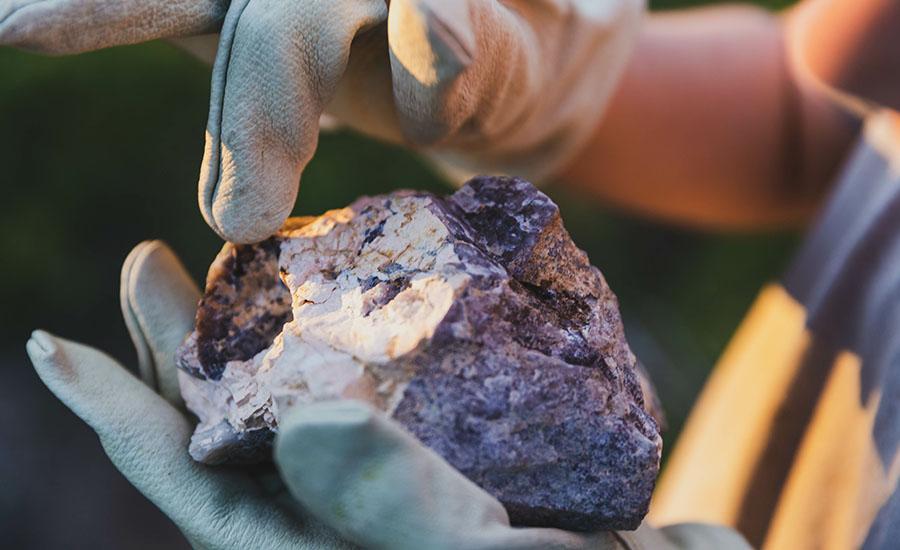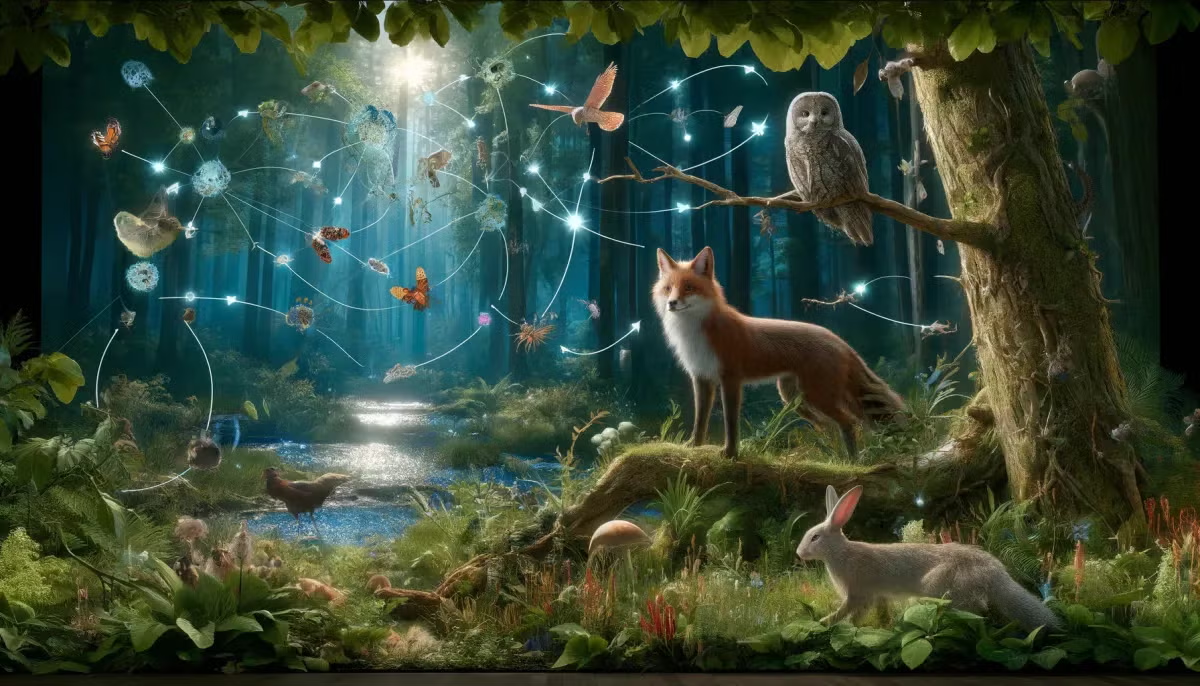
Mining for Chocolate (An Environmental Impact Activity)
The purpose of this lesson is to explore with students the mining process and the potential impacts humans have on ecosystems and their populations. Once completed students should have a deeper understanding of how ore is mined, how to budget for and engineer a mining project and how much care must go into protecting the ecosystem and its populations. During the mining process students will learn to analyze the information and to think critically about environmental concerns while viewing the mining process from varying viewpoints. They will be able to infer and to describe how mining can potentially damage the environment and possibly affect surrounding populations if special care is not put into place. Students will also be able to describe the economic profits and costs of both mining and reclamation.
This project can be broken down over two or three days, or may be condensed to one 50 minute class period. It has five phases: 1. Research & Predictions, 2. Building a Budget, 3. Mining/Excavation, 4. Engineering Reclamation and 5. Exit Questions.
Students will be using a chocolate chip cookie to “mine” for chocolate chips "ore" using only tools not their hands. Students are given a budget of $250, and they have to choose which type of cookie or “land” is best for mining (hard or soft), choose which tools (a large or small paper clip, a flat or round toothpick) are best for excavating, calculate how much time will be needed, and then purchase each of the tools and time after carefully calculating their budget.
All teams will be given two minutes to mine (allowing all 4 participants 30 seconds to drill), but additional time can be purchased. However, they must take into account how much time it will take to reacclimate and restore their mine, as they will be charged by the minute to do so. All purchases (cookies, tools and time) must be calculated by each team and purchased in advance. Once mining begins, extra minutes and tools can be purchased if the budget allows and if tools break.
Once mining is completed, students are given one additional minute to restore/reacclimate the cookie to its original form as much as is possible. Profits are also issued at the end of reclamation based on the amount of “whole” chips that were excavated. Pieces may be compiled to create one square unit of “chips”. Chips will be measured in square centimeters on graphing paper. Pieces may be compiled into a square unit and be counted. This is the final phase to calculate the profits and fees based on the square units of ore attained and on any fees that may be incurred by the environmental impact on the grid. This is such a fun and engaging STEM experience for students!
Lesson Grade Level
5th GradeLesson Plan Link/URL
https://docs.google.com/presentation/d/1jpz_T3LoI1ttZnmJfwjePmRsryQLCx7w/edit?u…Subject Area
Science Earth and Space Science E1: Earth Systems Life Science Technology 2. Digital Citizen Engineering S2: Apply the Engineering Design Process S3: Apply Mathematics to Engineering S4: Apply Science to Engineering S7: Apply Project Management to Engineering Mathematics Counting and Cardinality (CC) English Language Arts (ELA) Reading (Informational Text) Writing Speaking & ListeningRelated Content


Mosquito Management


